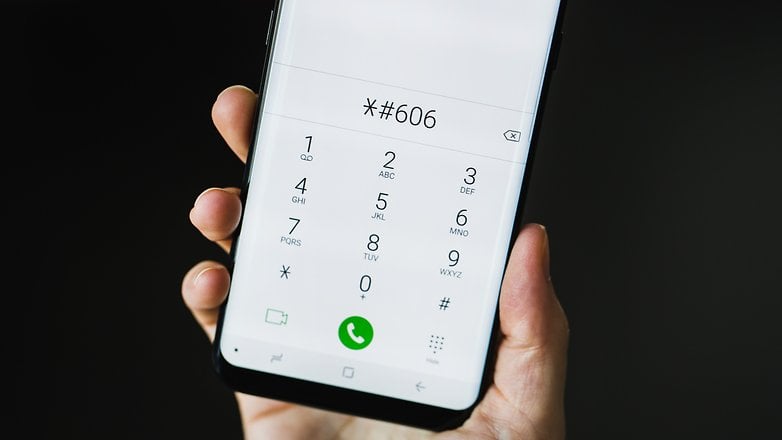The EPST Menu is a hidden service menu found on certain Android smartphones, particularly older devices that operated on CDMA (Code Division Multiple Access) networks, such as those formerly used by carriers like Sprint and Verizon. EPST stands for Engineered Phone System Tools (or similar carrier-specific terms).
This menu is a highly technical diagnostic interface designed exclusively for carrier technicians and advanced developers to modify core network parameters, manage device provisioning, and troubleshoot deep-level connectivity issues. For the average user, the EPST Menu is largely inaccessible and should be approached with extreme caution, as making unauthorized changes can disable your phone’s cellular service entirely.

-
Purpose and Functions of the EPST Menu
The EPST Menu contains sensitive configurations that bridge your phone’s hardware with the cellular network’s backend servers. Accessing this menu usually requires a specific MMI (Man-Machine Interface) code.
Primary Functions of EPST
- Data Programming: Allows for manual configuration of data settings, including NAI (Network Access Identifier), which authenticates your device to the carrier’s data network.
- PRL (Preferred Roaming List) Settings: Used to update the list of preferred cellular networks and roaming partners the phone should connect to. This was vital on older CDMA devices.
- Restore/Enable HFA: Used to restore or enable Home Agent Authentication (HFA) settings, which govern how the phone registers its service.
- MMSC URL: In older CDMA networks, it could contain settings for the Multimedia Message Service Center (MMSC) URL, which handles picture messaging (MMS).
- Diagnostic Configuration: Provides access to deep system logs, debug screens, and specific radio frequency (RF) band selection settings.
How to Access the EPST Menu (Historical Codes)
The exact codes varied by manufacturer (Motorola, HTC, Samsung) and carrier. These codes are highly device-specific and often no longer function on modern 5G/LTE devices.
| Manufacturer | Historical EPST/Data Programming Codes |
| Generic/Motorola Droid | ##778 followed by the green Call button (may require a six-digit security code, often 000000). |
| HTC | ##3282# (Accesses the Data Programming Menu). |
| Generic/Older CDMA | ##3282# followed by the green Call button. |
Warning: If you attempt to use these codes on a modern GSM-based phone (like those on T-Mobile or AT&T), they may simply not work, clear the screen, or initiate an erroneous phone call.
-
EPST vs. Other Hidden Android Menus
The EPST menu is often confused with the general Android Diagnostic menu. While both are hidden, they serve different purposes.
| Hidden Menu | Primary Function | Access Code Example | User Access |
| EPST Menu | Modifies carrier provisioning and core network settings (CDMA legacy). | ##778 (+ Call) | Technicians Only (Risky) |
| Testing Mode | Displays usage statistics, battery health, and general phone information. | *#*#4636#*#* | Safe (Viewing Only) |
| Diagnostic Mode | Tests hardware components: screen, speaker, sensor function (Samsung). | *#0*# | Safe (Testing Only) |
-
Critical Warning: Do Not Change Settings
The EPST Menu contains configurations that were used for device activation and network provisioning.
- Risk of Service Disruption: If you alter any setting within the Data Programming or PRL sections without precise knowledge of the carrier’s current network parameters, you can permanently de-provision your phone, resulting in loss of all cellular service, data, and voice capabilities.
- Outdated Technology: The EPST menu is a remnant of the CDMA network era. Modern LTE/5G provisioning is handled automatically by the SIM card and different, encrypted MMI codes, making the traditional EPST menu largely obsolete or irrelevant.
Frequently Asked Questions (FAQ)
Do I need the EPST Menu to activate a new phone?
No. On modern phones (GSM and LTE/5G networks), device activation and provisioning are handled automatically when you insert the SIM card or via automated network commands. You should never need the EPST Menu for standard activation.
Why do some of the codes require a password?
The EPST Menu and related engineering modes are protected by a six-digit password (often 000000) or a dynamic password unique to the carrier’s technician. This password requirement is a security measure to prevent unauthorized users from causing network problems.
What should I do if I accidentally accessed the EPST Menu?
If you entered the menu:
- Do not change any values or press “Save.”
- Press the Home button or the Back button repeatedly to exit the menu.
- Restart your phone to ensure no temporary settings were applied.
- If your phone loses service, you must contact your carrier’s technical support immediately.


